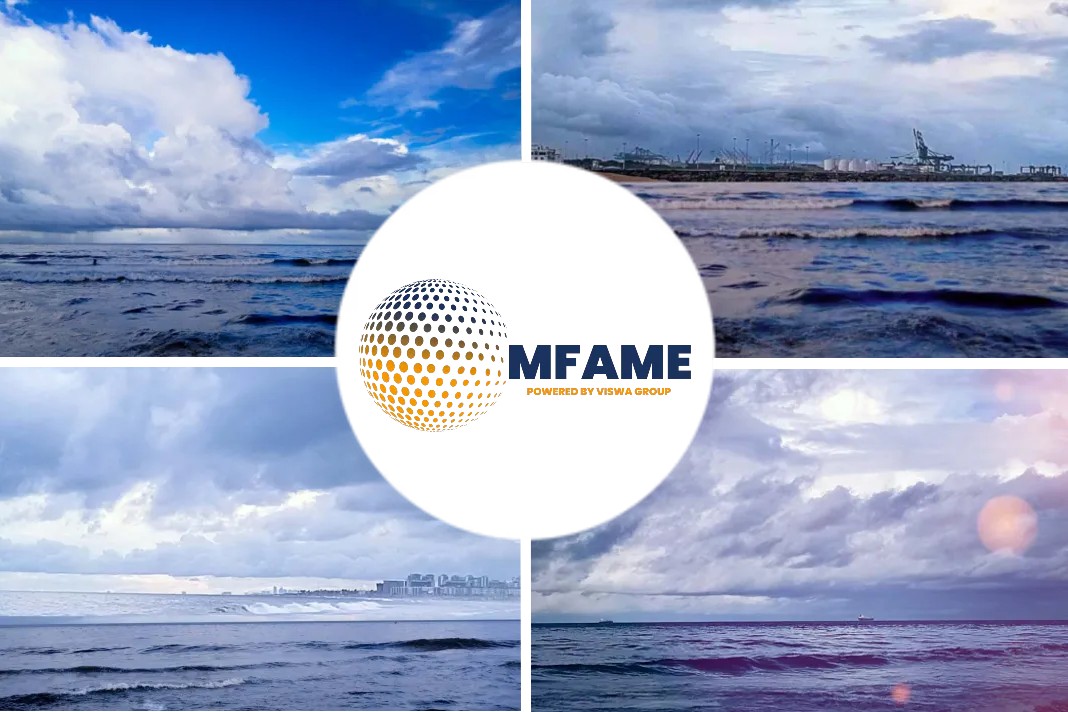- A focused fuel testing mechanism is needed to counter the complex fuel contamination issues.
- Last year more than 150 vessels in Houston and Singapore faced such issues.
- BIMCO’s Deputy Secretary-General Lars Robert Pedersen suggests a full analysis and screening for contaminants.
- The present testing protocol needs a rigorous change as all forms contaminations aren’t identified by ISO 8217.
- To test for post-2020 compliant fuel, laboratories should employ specialized methods like the gas chromatography-mass spectrometry (GC-MS).
- Meanwhile, shippers should tie up with experts to monitor fuel compliance and mitigate risks.
The IMO 2020 deadline is less than a year away, and fuel compliance has become a major issue. In conditions like these, it is absolutely paramount that proper fuel testing mechanisms are in place to get rid of contamination, reports the Motorship.
How essential is fuel testing?
Fuel testing will be a vital marine service after 2020, not merely a commodity, writes Chris Dyson, director of engineering and scientific consultancy Exponent.
“Stakeholders should consider a more focused fuel testing approach centered around complex fuel contamination, compatibility, and stability issues”, says Chris Dyson.
Fuel Contamination Issues
From problems with compatibility to struggles surrounding stability and contamination, the shipping industry is no stranger to issues related to its bunker fuel. The topic gained stark prominence last year when bunker contamination was reported on more than 150 vessels operating in major ports including bunkering hubs like Houston and Singapore. These incidents, and the knock-on effect they had on operations for affected vessels have led some to speculate that contamination issues seen in 2018 were just a precursor to more wide-ranging challenges that may arise after 1 January 2020, when the International Maritime Organization’s (IMO) global sulphur limit comes into force.
Increased Testing Necessity
While Exponent considers that the cases happening now may not occur again in a year’s time, we believe that the increased need for bunker blending post-2020 will heighten the likelihood of fuel compatibility, stability, and contamination issues. Critically, we also believe that fuel testing laboratories can play a key role in mitigating the impact. This point is supported by recent comments from BIMCO’s Deputy Secretary-General Lars Robert Pedersen, who advises that “doing a full analysis and screening for known contaminants of the product is a way to try and prevent operational problems from contaminated fuel”.
How does testing help in compliance?
When carried out in the right way, fuel testing can provide better pathways to mitigate the risk of fuel problems – and thereby reduce the financial and operational impact of issues. Currently, laboratories are well versed in delivering standard fuel tests against ISO 8217 standards. This includes ISO 8217:2005, the most commonly used standard in supply contracts, as well as the newer ISO 8217:2010, 2012 and 2017 directives.
Identifying Fuel Contaminants
While newer iterations have tightened fuel quality standards to some extent, purchasers should be aware that none of the present versions of ISO 8217 identify all forms of contamination. Nor do they guard against compatibility issues which could arise, for example, when two ISO compliant fuels are loaded on board and subsequently cause problems when mixed. It is also not fully assured that present stability testing, as prescribed by ISO, will be adequate to identify problems with all post-2020 blends.
Emerging Holes in Testing Protocols
These are just some examples of factors that have led to concerns that holes are beginning to appear in the ISO 8217 standard. It was developed on the basis of pre-2020 fuels and may no longer cover the industry’s needs post-2020. The potential ramifications of this could include engine stoppages and failure – and associated navigational risks and loss of earnings – as well as increased issues during fuel switching when vessels enter and depart emission control areas.
What’s the way out?
As 2020 approaches, all stakeholders involved in vessel bunkering should consider a more analytical approach to fuel testing that involves a differentiation between commoditised, standard testing, and a more focused approach centred around the myriad of possibilities of complex fuel contamination, compatibility and stability issues.
For example, over and above ISO 8217 testing, most fuel laboratories can be contracted to do certain tests such as gas chromatography mass spectrometry (GC-MS). However, when widespread problems arise, delays in testing at standard laboratories can be significant. This problem is more acute when the experts needed to interpret GC-MS results may be lacking or in short supply. In addition, as such testing is not standardised, there may be significant variations in the results obtained by different laboratories.
All this is of little comfort to ship owners and charterers when they encounter an issue with their vessel’s fuel; while they wait for more advanced fuel testing results, they are unable to make an informed decision on whether to consume, remove, or segregate the suspected problem bunkers.
Shippers To Partner Experts
At the onset of problems, all involved may benefit from partnering with the right independent experts early to help safeguard business continuity and manage risk. Working in tandem with laboratory scientists should be marine industry experts with the technical ability to provide practical on-site assistance and thorough incident investigation at the earliest possible opportunity. If these scientific and technical elements work together seamlessly, Exponent believes the industry will be prepared to identify the root cause of post-2020 fuel issues and implement resolutions in the most efficient manner.
Did you subscribe for our daily newsletter?
It’s Free! Click here to Subscribe!
Source: The Motorship























